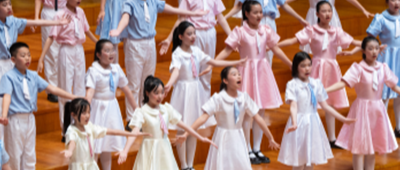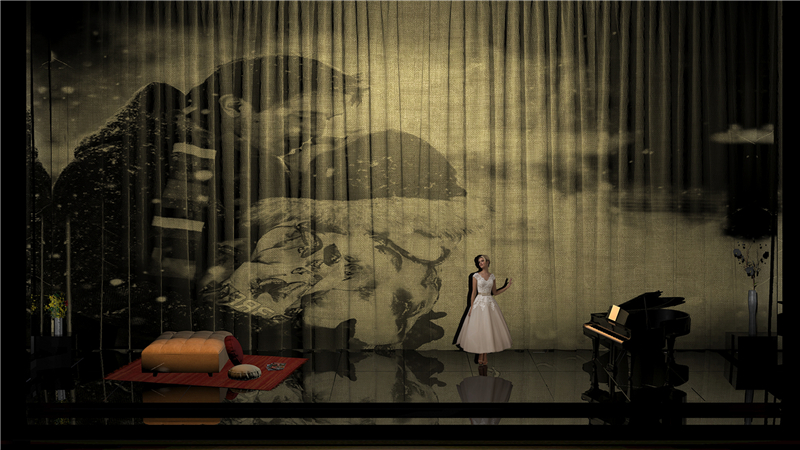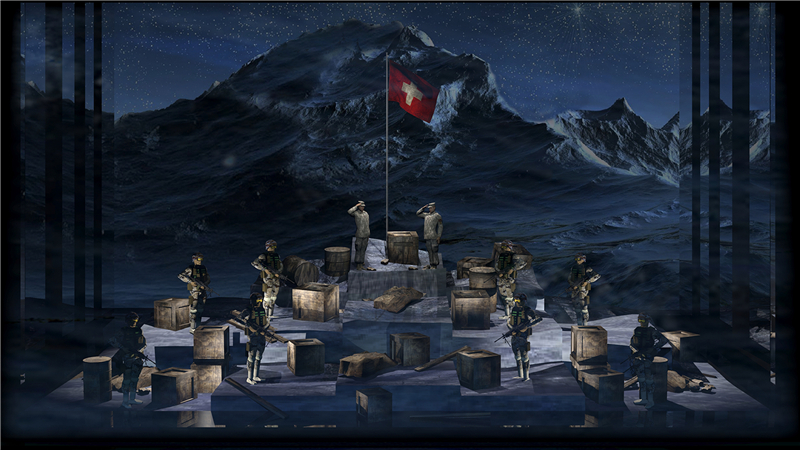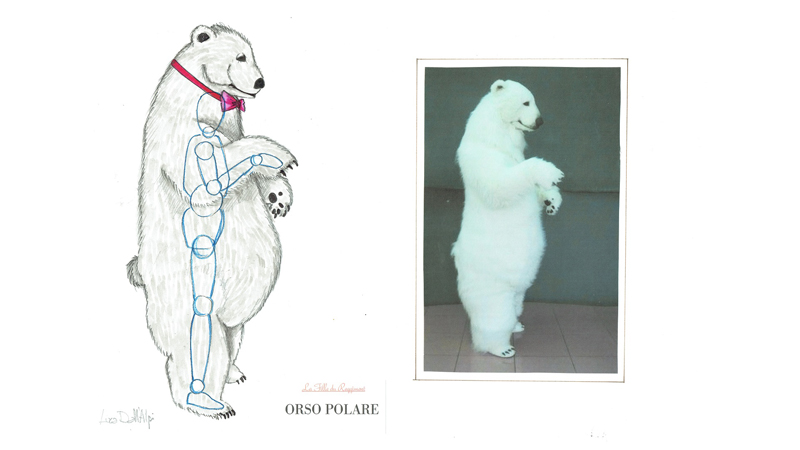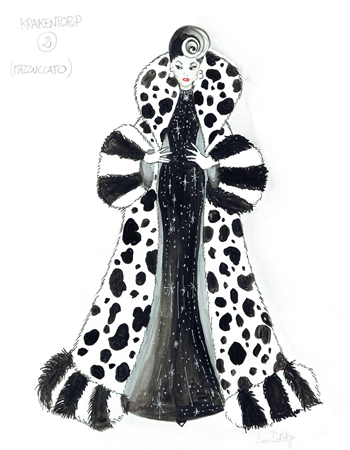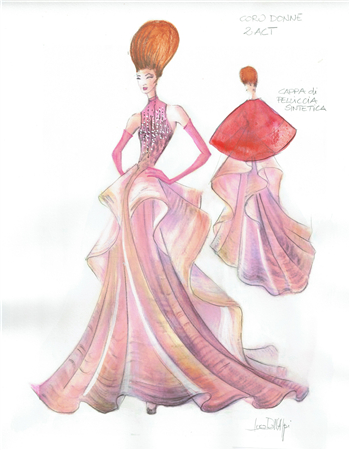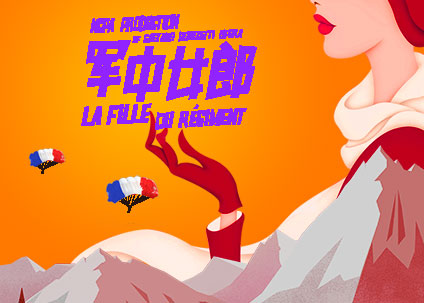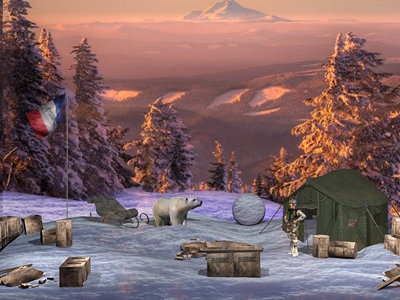Gaetano Donizetti was one of the representative figures of the Italian romantic opera and the Big Three of Bel Canto, the other two - Rossini and Bellini. The NCPA (National Centre for the Performing Arts) will launch Donizetti’s comic opera La Fille du Régiment and premiere it on March 14th-18th.
Marie starts her life in the castle in a time
The story is popular while easy to understand, and full of witty, humorous comic plots. The female protagonist Marie is born unrestrained, so when taking a vocal music lesson in the Marquise’s house, Marie, dressed like a gentlewoman with her military uniform taken off, sings two “obsolete” arias, which she hates singing in a terrible voice on purpose, causing a big headache to the Marquise. The Sergeant Sulpice’s part is also amusing, which can be acted out by the singer according to changing circumstances.
The story is set in Switzerland
In this French opera, there are plenty of dramatic dialogues, which can push the story forward and be arranged flexibly by different directors according to their own style. Italian opera director Pier Francesco Maestrini is good at directing comic operas and La Fille du Régiment is the third opera after L’Elisird’Amore and Don Pasquale directed by him at the NCPA’s invitation. Maestrini adds elaborate comedy elements to the opera and amusing dialogues in Chinese, which resonate with audiences in joy.
The music has rich expressiveness and the arias sung by the protagonists can be of a unique style and hard to perform. The famous aria Ah! mesamis, quel jour de fête! is known as “somewhere off-limits to tenors,” since nine high Cs need to be sung without stop within two minutes. In 1972, Pavarotti made his mark by performing in La Fille du Régiment, and thereby won the laudatory title of “King of the High Cs.”
In the NCPA production, the Tonio’s part is acted out by SHI Yijie, who is honoured as “China’s first tenor to sing Rossini’s works.” He was the first Chinese singer to appear at Rossini Opera Festival, the world’s highest stage on which Rossini’s works are staged, for five consecutive years. At the festival, he starred in five Rossini's operas and drew attention from the international opera stage, making himself one of the youngest lyric tenors in the world. This time, he will sing his first Tonio in the NCPA's La Fille du Régiment. He said, “I like this opera very much. I was often invited to sing Ah! mesamis, quel jour de fête!, but I turned them all down. I want to sing this aria when I perform in a full-length La Fille du Régiment. I have waited long for this day!”
A lifelike polar bear will surprise the spectators
The story of the opera is set in Switzerland, which is covered with snow and ice all year round. In terms of stage setting, in Act 1, Maestrini makes a lifelike “land of snow” with many elements such as lifting snowfield, polar bear, helicopter, sled and tent, so at the NCPA, Beijing residents, who just saw a “rarely thin snow” this winter, can take a sneak peek at the “snow”. In Act 1 there is also a battle scene created with a variety of projection images by the “naked-eye 3D”, and audience will feel as if they were personally on the battlefield.
In Act 2 there is a grand banquet scene. The stage is divided into two parts longitudinally, of which the forepart is the acting area, which mostly looks bright black, concise and elegant. The dominant hue not only brings out the showiness of the banquet by the upper class, but also ensures the sound effect. The battle scene is in stark contrast to the banquet scene, and this highlights Donizetti’s satire at the hypocritical, extravagant upper-class life.
In terms of costume design, in the battle scene in Act 1 there appear elements including military uniforms and snow sports, and a polar bear is specially designed to indicate that the story is taking place in a snowfield. Besides, a colourful costume is ingeniously designed and hidden under the stifling gray coat in order that different choral musical emotions can be quickly changed with the coat taken off. This scene is in sharp contrast to the banquet scene in Act 2, in which there is an eyeful of classical and elegant formal attires. A dalmatian overcoat is designed with the inspiration from the film 101 Dalmatians in order to highlight how the character Duchess is “comic”. Such costume and set design makes the comic opera not only relaxing and lively, but also as elegant as the traditional opera. This suits modern audience’s taste and will serve them an audio-visual feast.
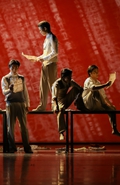 Repertoire
Repertoire
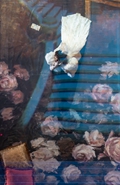 Films
Films
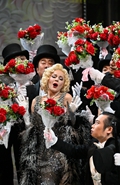 Videos
Videos
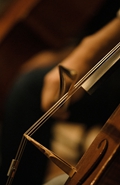 Podcast
Podcast
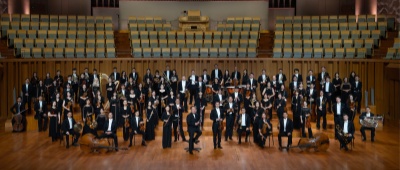 China NCPA Orchestra
China NCPA Orchestra
 China NCPA Chorus
China NCPA Chorus
 NCPA Resident Singers
NCPA Resident Singers
 NCPA Drama Ensemble
NCPA Drama Ensemble
 Buildings
Exhibitions
Buildings
Exhibitions
 Opening Hours
Services
Opening Hours
Services
 Western Cuisine
NCPA Café
Arts Gifts
Western Cuisine
NCPA Café
Arts Gifts








